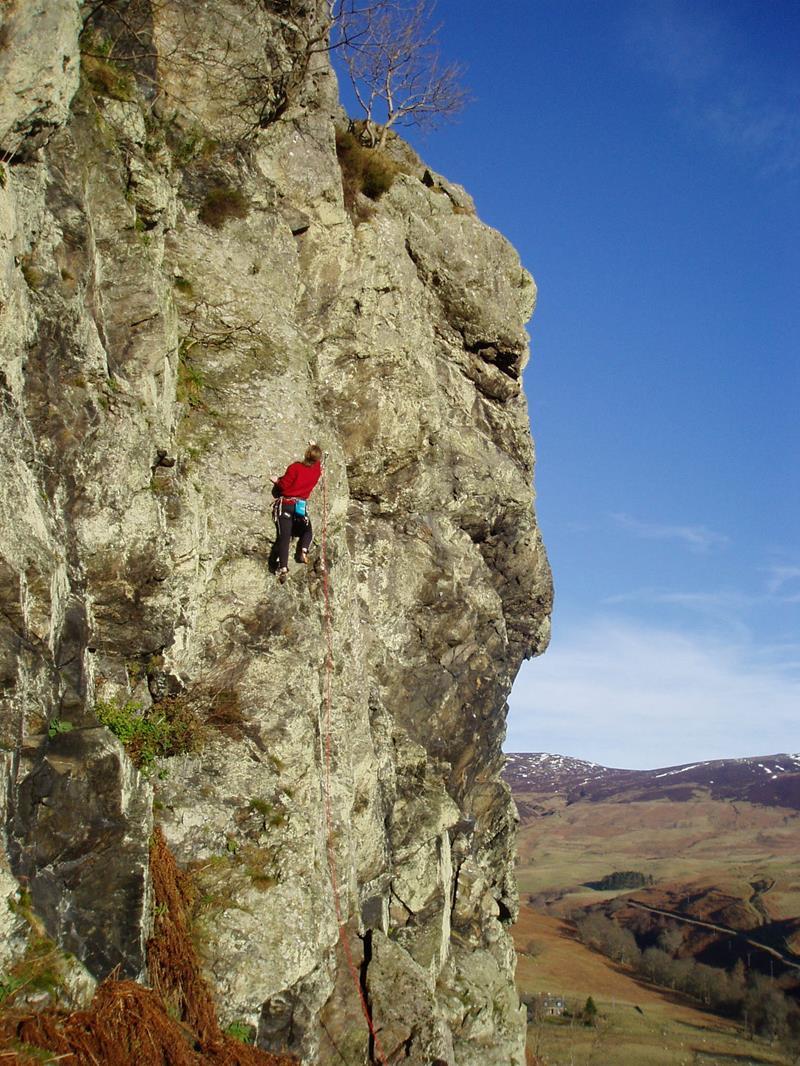Conservationists and rock climbers have joined forces for a new initiative to protect cliff-dwelling raptors.
Many birds of prey, such as golden eagles and peregrines, nest on sheer rock faces, and when the sites are disturbed by climbers it can lead to mothers abandoning them, eggs falling out or even chicks plunging to their deaths.
Scottish Natural Heritage (SNH) first heard of the problem when investigating a disturbed nest in the Angus Glens, but soon found the issue was more widespread.
It has now teamed up with the Mountaineering Council of Scotland (MCS) and the Scottish Raptor Study Group (SRSG) to launch a new guide to areas where climbers are at risk of disturbing the protected birds.
The MCS already had a “traffic light” system on its website, informing climbers and mountaineers of crags to avoid due to nesting raptors.
However, it relied on up-to-date information on where birds were located – facts that watchers have traditionally been reluctant to give out for fear of illegal persecution.
Now, with the help of scientific data provided by the SRSG, the website offers a regularly updated guide to where raptors are nesting to prevent further environmental damage.
Andrea Partridge, an officer for the MCS, said that by working closely together to monitor sites, the three organisations could do even more to protect the country’s magnificent birds of prey.
“The aim of the traffic light system on our website is to provide climbers with enough information so that they can make a responsible and informed decision on where to go climbing.
“Already this year, several climbers have reported nest sites direct to the MCS and these have also been added to the list.
“I would urge climbers to always check the website before they set out to go climbing but also to be aware they there may be other nesting raptors that haven’t been recorded and to be prepared to change plans if there is any risk of disturbance.”
Andy Turner, a SNH wildlife crime officer said: “Hopefully, this simple but effective system will allow climbers to enjoy their sport, while helping raptor’s nests to remain undisturbed.”
Patrick Stirling-Aird of the SRSG added: “With careful planning, rock climbing and raptor conservation can co-exist happily together.”
To see where raptors are nesting visit www.mcofs.org.uk/nesting-bird-warning.asp.
